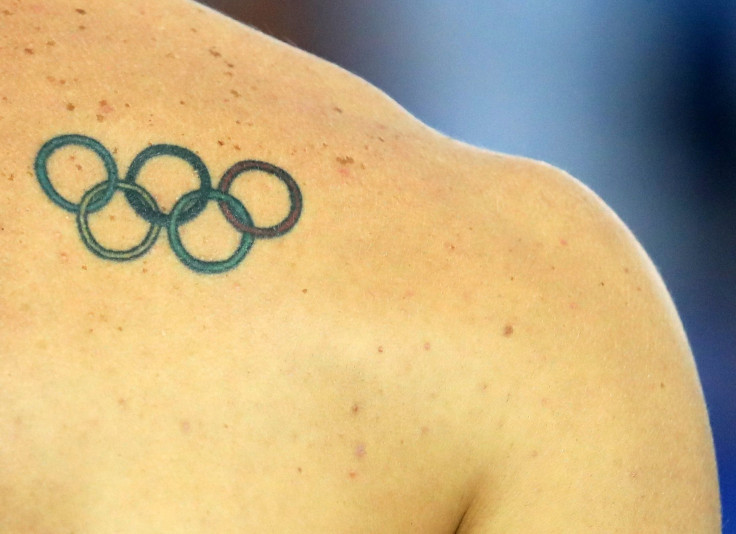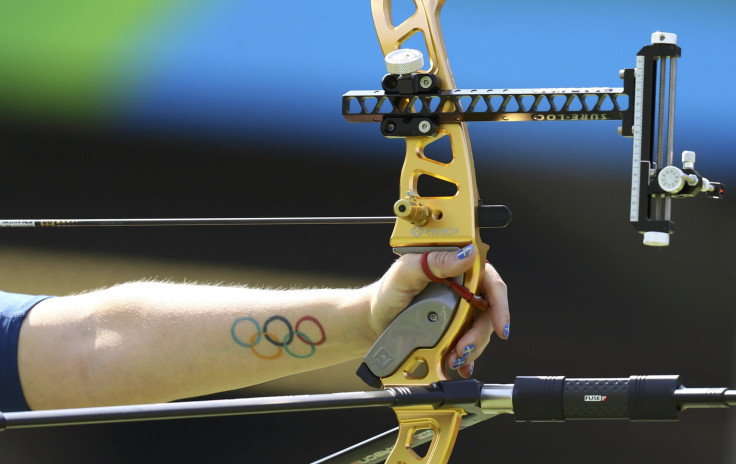Olympic Ring Tattoo Tradition Explained: How It Started And Why The Ink Caught On

There is a certain tattoo you'll repeatedly see all over the Rio 2016 Olympic Games. It's a rite of passage for many athletes with Olympic experience to get the five rings synonymous with the games tattooed on their body in some form.
Embeddded below are just a few examples from Rio:


This commonly held belief is that this trend began decades ago. The lineage is traced back to a Canadian swimmer named Victor Davis, who at the 1984 games had a Maple Leaf tattooed on his chest to honor his country. Chris Jacobs, a freestyle swimmer with the U.S., admired the ink and decided to get a tattoo after winning three medals at the 1988 Seoul Olympics. He settled on the Olympic rings as his choice while he unwound during a Hawaiian pit stop after the games, the New York Times reported in 2012.
"Family and friends see the tattoo as special, unique and something for which we should be proud," Jacobs told the Washington Post. "The reaction from other Olympians tends to be fairly consistent, most appreciating the idea, with the greatest amount of time spent deciding on the best part of their body to display the work."
The five-ring tattoo caught on with U.S. swimmers and soon with just about every other sport. Legendary swimmer Michael Phelps has one, as do archer McKenzie Brown, diver Kristian Ipsen, weightlifter Holley Mangold and so on.
And it's not just the U.S. athletes. Olympians from every corner of the globe have some version of the rings tattooed on their bodies. Josef Craig, a British Paralympic swimmer, was even disqualified from a race this year because his Olympic ring tattoo was showing, which the Paralympic officials technically considered an illegal advertisement on his body since their competition takes place under a separate flag.
Some might opt not to get that tattoo, but for many it's a permanent reminder of the incredible amount of work it takes to earn the right to being called an Olympian. U.S. swimmer Missy Franklin, who took the 2012 games by storm by winning four gold medals, spent months considering where she would get the tattoo, even calling it a motivating factor for making the team as a 17-year-old. (She eventually decided on getting it on her right thigh.)
As the Washington Post pointed out, there are 365 first-time Olympians on Team USA in Rio, so tattoo artists across the states are likely to be pretty busy toward the end of August when the games wrap up.
© Copyright IBTimes 2025. All rights reserved.























